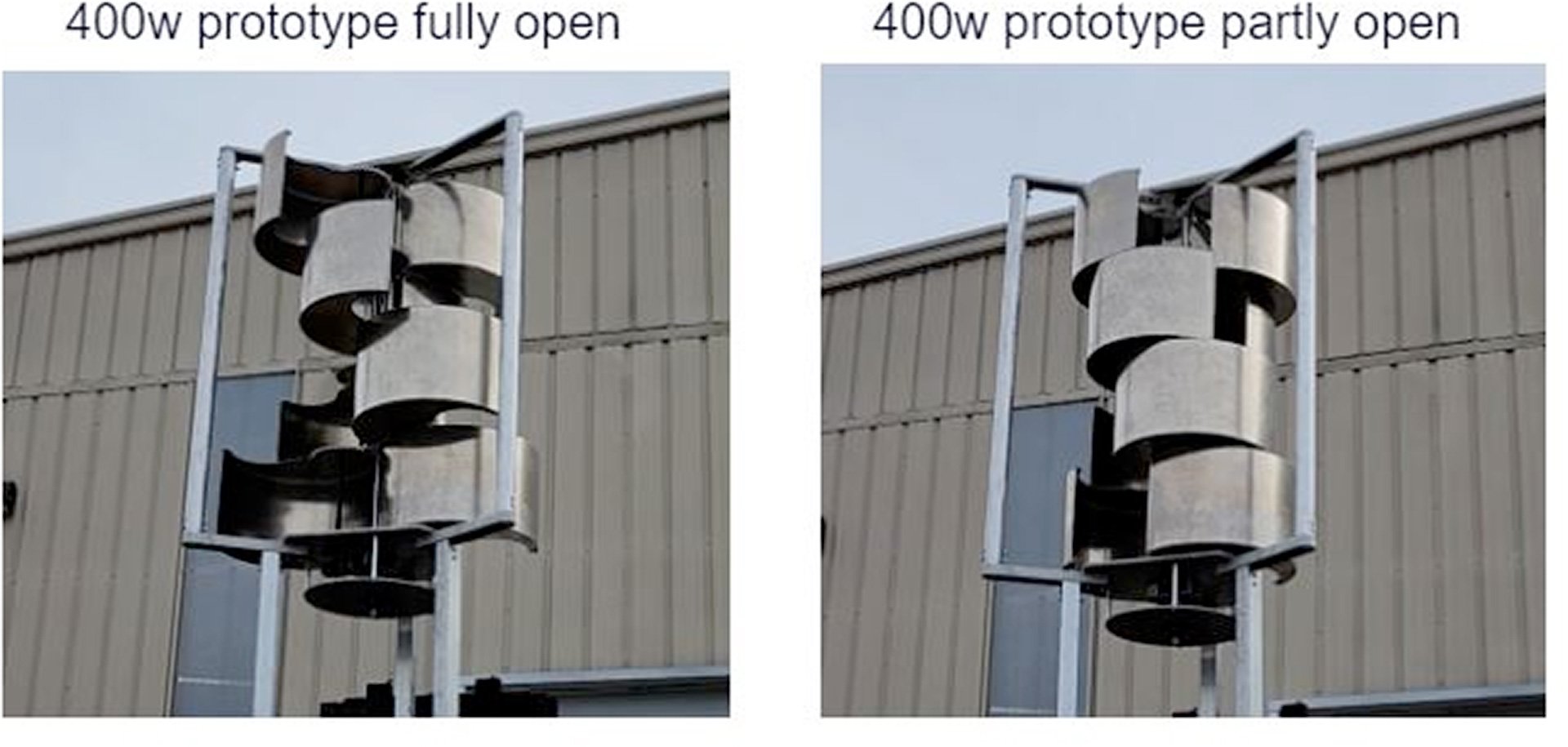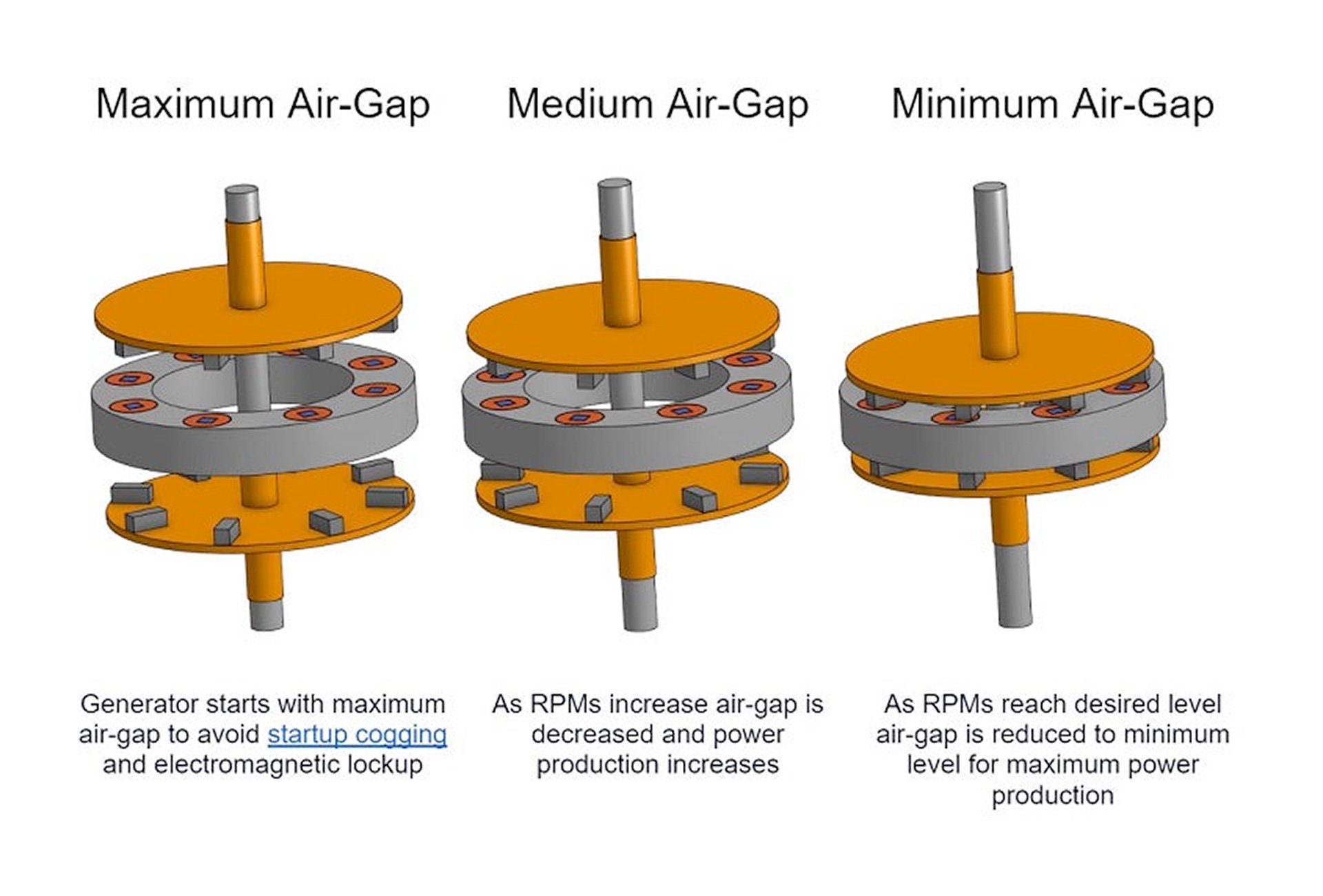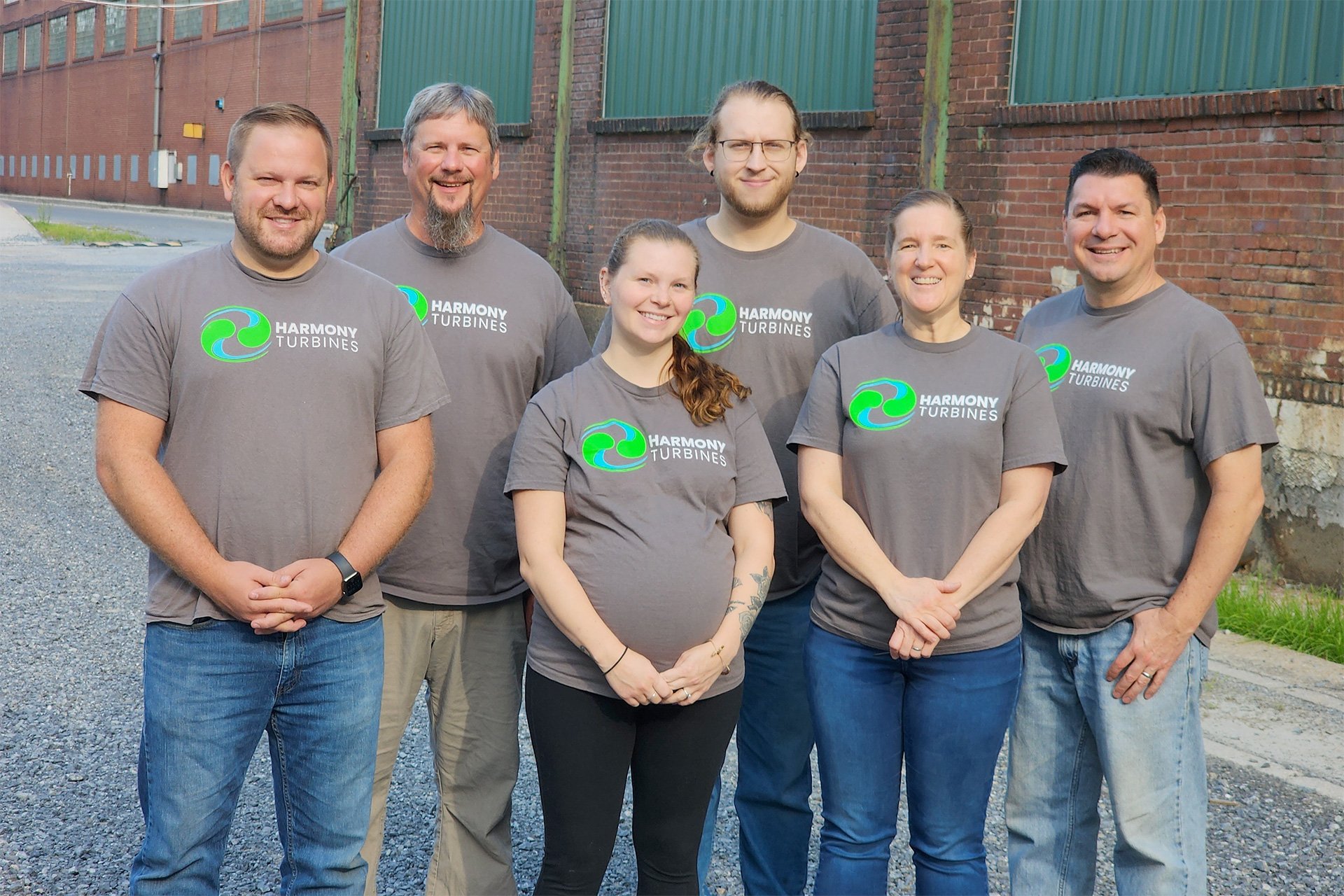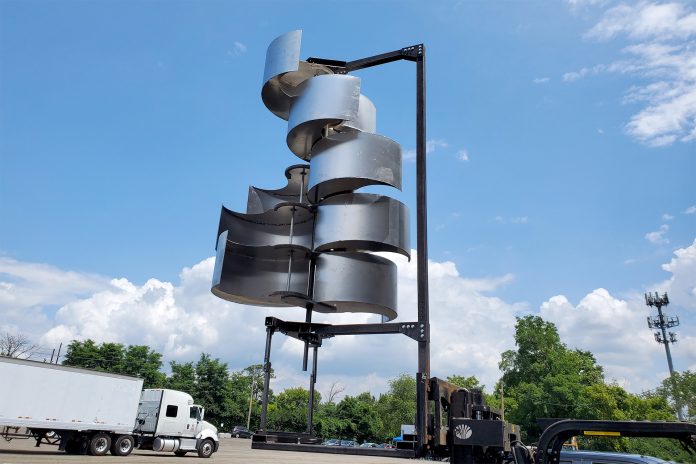Harmony Turbines, a company committed to advancing small-scale wind energy solutions, has introduced a vertical-axis wind turbine that stands out due to its innovative design and adaptive technology. Targeted at residential and small-scale applications, this turbine combines unique structural features and patented mechanisms, making it an intriguing alternative in the wind energy market.
Distinctive vertical-axis design with helical blades
Unlike traditional horizontal-axis wind turbines, which require precise orientation to face the wind, Harmony Turbines’ vertical-axis design captures wind from any direction. This is achieved through helical, or spiral-shaped, blades positioned along a vertical axis. The turbine’s ability to capture wind from all angles without needing to adjust its position adds significant value, especially in areas where wind direction shifts frequently. This means the turbine can adapt seamlessly to varying wind patterns without any loss of efficiency.
In addition to reducing the need for constant repositioning, this design also contributes to quieter operation. Vertical-axis turbines, by design, tend to generate less noise compared to horizontal-axis models, making them suitable for residential areas where minimizing noise pollution is a priority.
Patented furling mechanism for high-wind adaptability
One of the standout features of the Harmony Turbine is its patented furling system, designed to address the challenges posed by high wind speeds. High winds, often reaching speeds above 25 to 30 miles per hour, can pose risks to conventional turbines, potentially leading to damage or complete shutdowns. Harmony Turbines tackles this issue by incorporating sensors that constantly monitor wind speeds. Once a certain threshold is reached, typically around 25–30 mph, the turbine’s blades automatically fold inward, reducing the exposed surface area to the wind. This mechanism serves two main functions: it protects the turbine from potential damage and ensures safe operating speeds, even during extreme weather conditions.

When high winds subside, the blades automatically return to their fully extended position, resuming normal power generation. This automatic adjustment not only increases the turbine’s durability but also allows for consistent power generation, even in fluctuating wind conditions. According to Harmony Turbines, the furling system “illustrates our commitment to safety and reliability, ensuring that users can depend on our turbines to withstand challenging weather conditions without constant monitoring.”
Low-wind efficiency and variable air-gap technology
For areas with relatively low wind speeds, Harmony Turbines offers a promising solution. Traditional turbines often struggle to generate power at lower speeds, but the Harmony Turbine’s design allows it to start producing energy at lower wind speeds. This is due in part to its unique axial flux generator with variable air-gap technology, which enables the turbine to begin rotating at lower RPMs. This feature makes the turbine efficient across a broad range of wind conditions, maximizing energy production potential even in regions that experience only moderate wind speeds.

Power output and testing in partnership with universities
The company’s current prototype, rated at 400 watts, is expected to reach its full power output at a wind speed of 25 mph (approximately 11 meters per second). This figure, however, is based on controlled testing environments, and the actual performance will be further evaluated through extensive field testing and collaborations with various universities. These partnerships are intended to validate the turbine’s performance and ensure that it meets the needs of different locations and environments.
In general, wind turbines, from small residential units to industrial-scale models, are rated based on their power output at wind speeds of 20 to 30 mph. However, many areas experience lower average wind speeds, making it important for potential buyers to consider local wind data before investing. Harmony Turbines emphasizes the importance of checking local wind conditions to determine if this technology will be an effective fit for prospective users.

Pricing and availability
Harmony Turbines’ 400-watt model is expected to retail at approximately $5,500, although this price is subject to change as the product moves further along in production and testing phases. This pricing, though an initial estimate, provides a benchmark for those considering a personal or small-scale wind turbine investment. The company plans to refine and potentially adjust this figure based on manufacturing costs and feedback from testing partners.

Source: Harmony Turbines



